Ready to emerge from hibernation? It's time to plan your first backpacking and camping trip of the season. Spring is a beautiful time to hike and camp, as nature is awakening, the trails are not too crowded, pesky bugs haven’t hatched yet, waterfalls are flowing and flowers are growing. Spring hiking can also be a tricky time to get out, with wet and unpredictable conditions that require careful preparation. Here are some backpacking tips to keep front of mind so you can excel right out the gates this season.


1. Know where to go backpacking:
Spring is renowned for its vibrant wildflowers and breathtaking waterfalls, making it an ideal time to explore a trail that showcases these natural wonders. In general, lower elevations tend to have milder temperatures, while higher elevations can experience more significant temperature changes and weather extremes. While these variables can certainly add to the excitement of the adventure, it's essential to be well-informed of these factors before heading out.
If you're headed into the mountains, double check that all the roads are open to your trailhead and find out what the snowpack is like. Depending on the winter snowfall, the snow may not melt enough in some areas until late in the season.


2. Check the conditions:
Spring weather can be unpredictable, and conditions can vary depending on location and elevation. Check with state or national park offices or reliable resources like The National Weather Service or Know Before You Go from the US Forest Service to learn about the conditions in the area where you're going.
Be aware that looking at the weather report for the town or trailhead you are going out of is not always a very good reflection of what it will be on the trail and as you increase or decrease in elevation. Be thorough and specific.


3. Prepare for changes in the trails:
Due to erosion from melting snow, fallen trees, missing trail markers, and flooding, the trails can be very different from their normality. Be prepared to climb over, under, or through obstacles. Expect the unexpected.
4. Don’t go too hard:
Be mindful of your fitness level when planning your trip, and consider that you'll be carrying more gear than usual for the unpredictable spring conditions. Plan a shorter, less challenging trip to work out the kinks before attempting longer hikes later in the season.

5. Bring the right hiking clothes:
Temperatures can change in an instant based on the time of day or wind direction. You may be in a t-shirt one moment and then a winter puffer the next. Be sure to pack the proper layer for the extra wide range of temperatures in spring.
Spring backpacking can be wet, and cotton clothing exacerbates the wetness, making it uncomfortable. Choose a wicking next-to-skin layer like bamboo, merino wool or synthetic fabrics that move moisture out. Layer puffy or fleece insulating layers and wear a waterproof/windproof shell for your outer layer. Gloves, long underwear, and beanies are all worth the extra weight. Bring more layers than you think you need because the temperature can drop quickly.

The sun is intense in the spring. Having a hiking hat, sun glasses, sunscreen, and a UV shirt will keep you from getting fried and your energy depleting These items are pretty much never a bad idea on any outdoor adventure.
6. Have the right gear:
Wet weather is a game changer. Hypothermia can be more of a problem in spring than in winter, as wet conditions make it easier to lose body heat. Make sure you stay dry with a lightweight backpacking towel and focus on gear that will keep you warm. An insulated sleeping pad combined with a warm synthetic down sleeping (which doesn’t clump when wet) or a feather down bag that is treated with waterproofing are perfect options.

For tent camping, be sure to choose a sturdy three to four season tent that can handle high winds and potential snowfall. If you're sleeping in a hammock, get a rain fly and bring a sleeping pad or underquilt to keep you warm.

Spring's cool weather and potential extra debris due to more water movement typically make water purification systems not as effective. Iodine tablets work, but they take longer and leave unwanted floaties behind. Pumps are great, but keep them warm to prevent them from freezing at night. Clear water that is moving more gently (but still moving) typically is easier to get and will move through your pump better. Avoid leaving your water bottle out overnight to prevent it from freezing. You can also heat up clean snow if it’s available.

Bring insulated drinkware to keep your fresh coffee hot or help your water from freezing over. The thermal mug and glacier bottle are perfect options for that.
There may still be some snowy sections, so be sure to bring crampons so you can grip and walk right over the snow. Walking over the snow is much easier than attempting to go around it in most cases. It’s also a lot of fun, but beware of sinkholes.

Bring sturdy treaded boots that are water resistant and come up above your ankle so you don’t get water, snow or mud in them easily. This also allows you to move through a wet trail less cautiously and more quickly. If it’s going to be really deep and wet, consider bringing leg gaiters for hiking.


Keep things dry with a waterproof backpack or a rain cover for your bag. Waterproof packing cubes can also be very handy. Cary a lightweight and fast drying towel to dry yourself and your gear off. Who knows you may even need it for an impromptu lake dip or getting soaked by a waterfall. Our adventure towels are designed to be ultra lightweight and versatile so you’ll be prepared for any journey.
Trekking poles not only save your knees (all the time), but they can save you a trip into the mud if things get slippery.
7. Make a Detailed Backpacking List:
It's essential to make a detailed list of all the items you need for your trip, including the little things that are easy to forget. Items such as headlamps, stove components, eating utensils, and water purification systems are some of the commonly forgotten items.


8. Bring extra food:
Your body requires more energy to regulate your body temperature in cold weather, which can leave you feeling hungrier than usual. By planning for additional calories, you can keep your energy levels up and stay nourished throughout your journey.

9. Be Mindful of Wildlife and the environment:
Spring is a significant time for plants and animals. Plants are just starting to spring up and many creatures are emerging from hibernation, searching for food, and caring for their young.
When it's time to pitch your tent, choose hard, durable surfaces to minimize your impact on the fragile new growth that emerges during the spring. If you're in bear country, use bear canisters and keep food away from your campsite to prevent unwanted encounters. Leave no trace by packing out all your trash.
With the right mindset and equipment, spring camping, hiking, and backpacking can be a highlight of your year. So prepare your gear, pack your bags, and hit the trails.
Thank you so much for taking the time to read this article! Which tip did you find the most interesting or helpful? Where are you backpacking or hiking this spring? Let us know in the comments below.
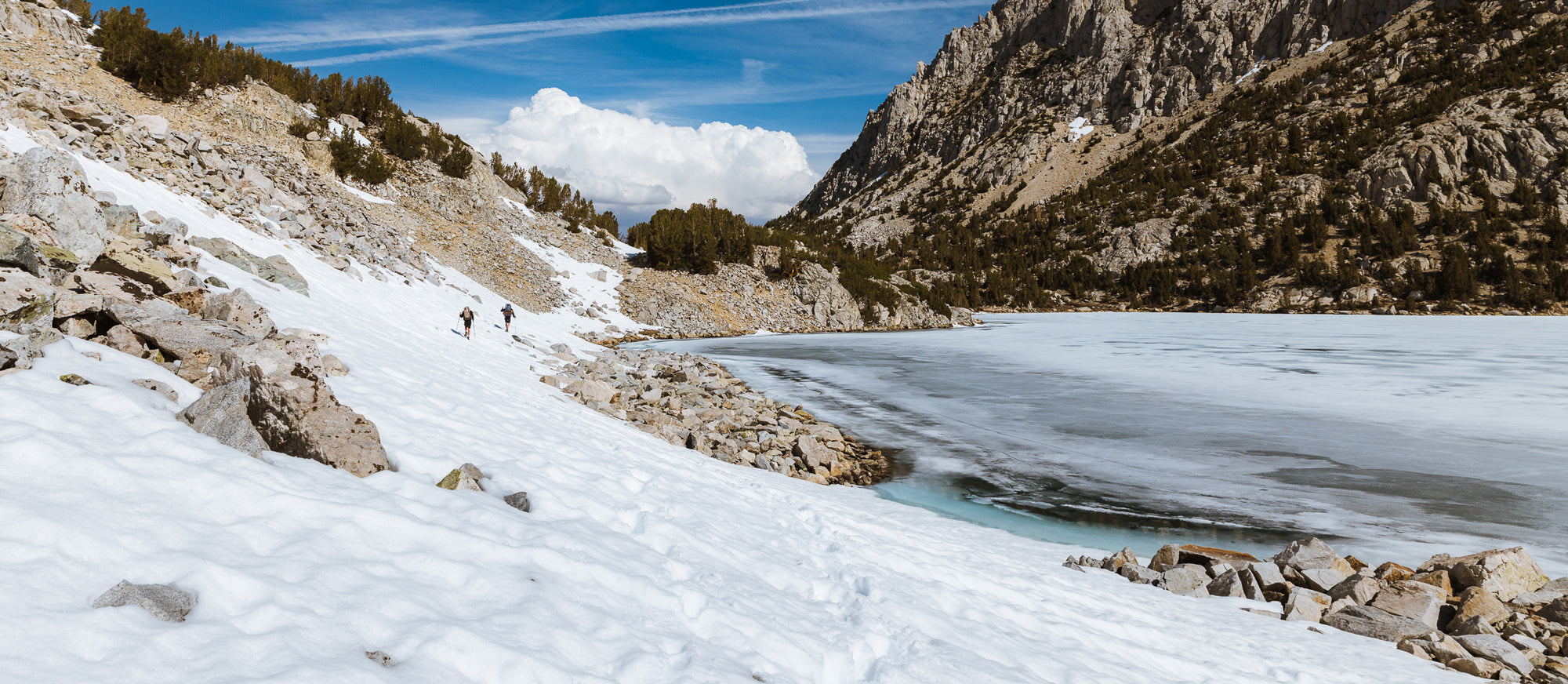
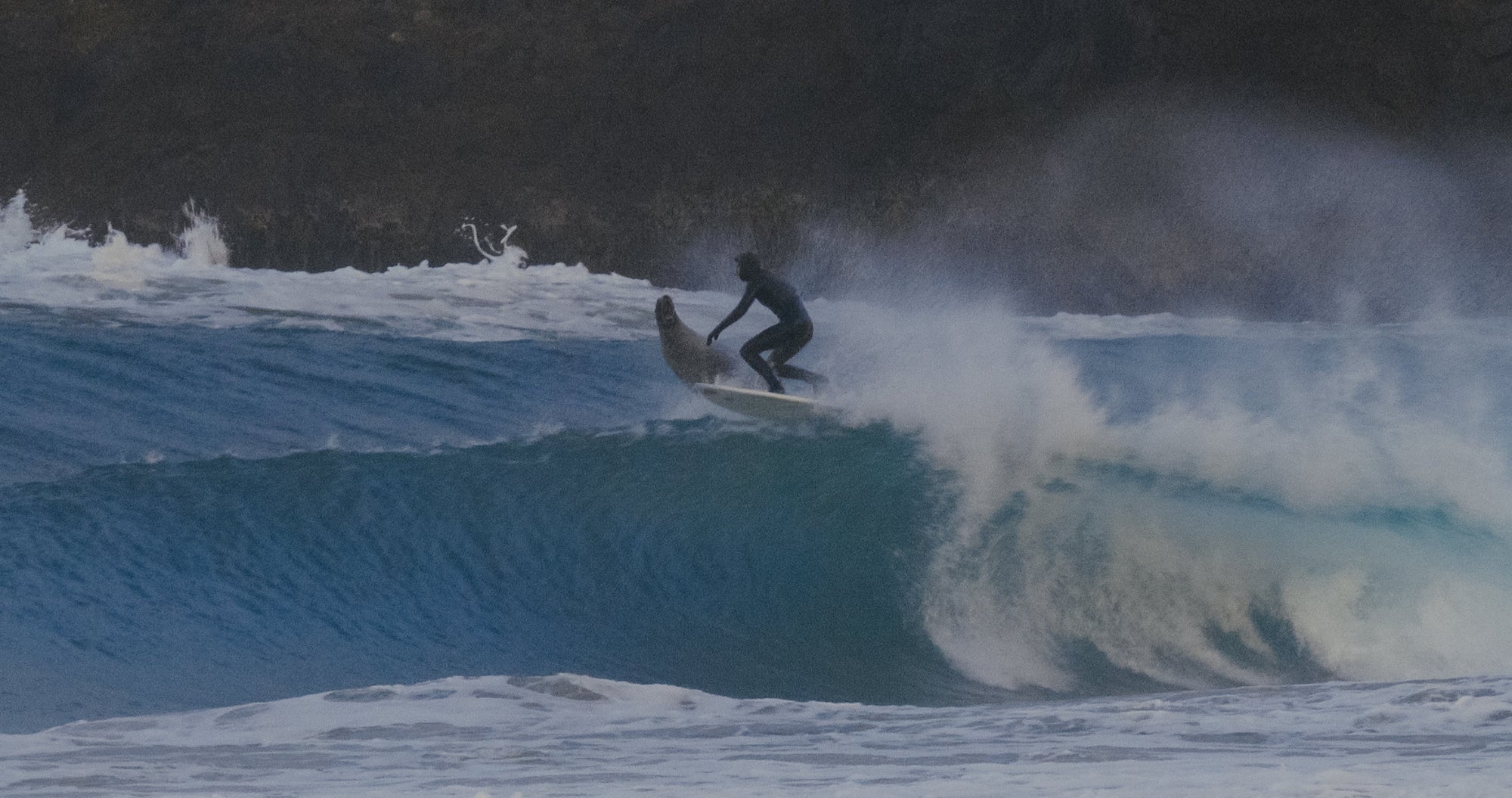
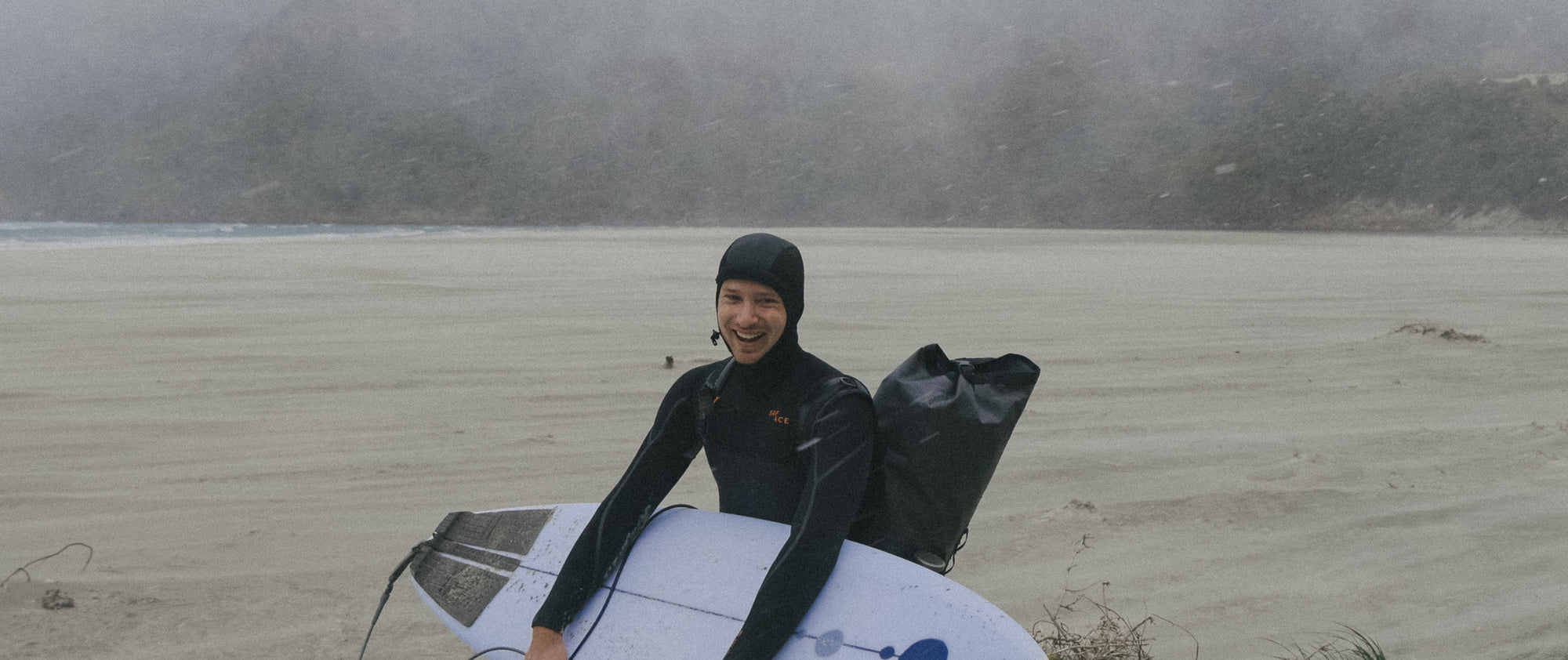
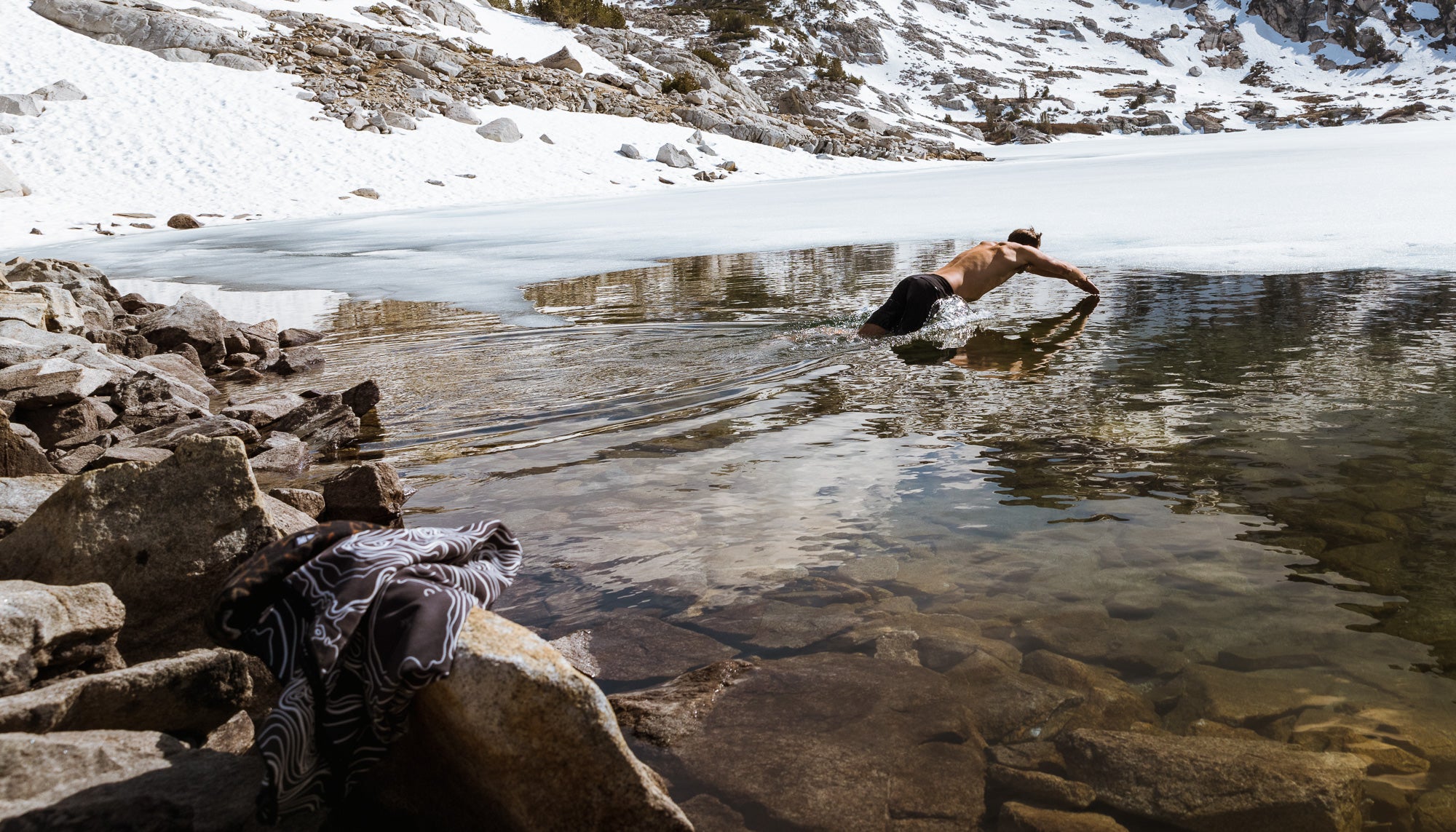
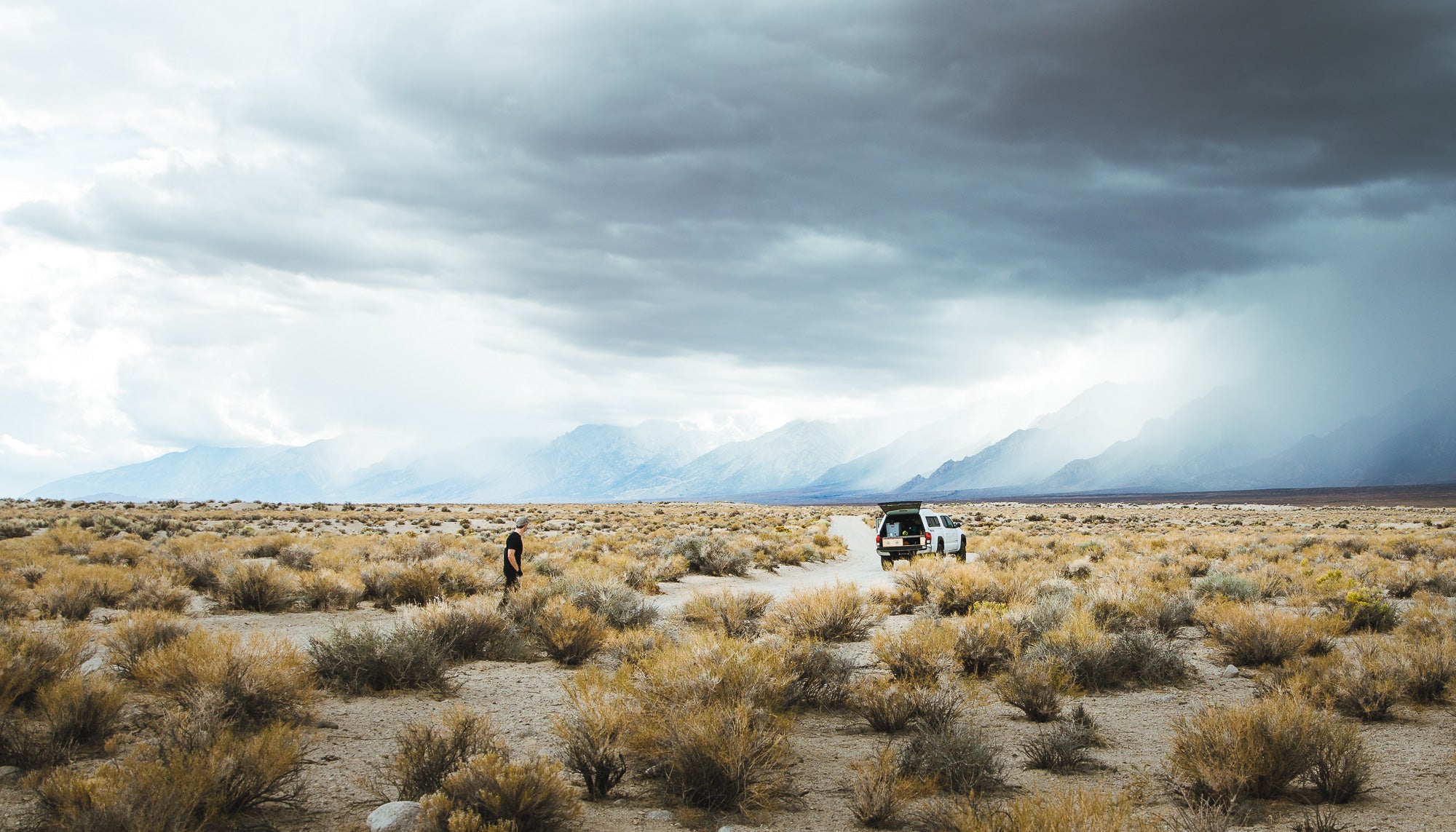
Comments
Good article – nothing really new, but a nice consolidated list of reminders.
I am an avid day hiker mostly year-round but lately am tending to shy away from spring hikes. Ticks are so prevalent where I live and are at the worst during the late spring. I do use bug spray but would love to hear suggestions of how others deal with this issue
As soon as my life heals I hope to go back packing with my sons. That’s what they’re doing because my leg needs to heal. But I want to get out and be able to enjoy the outdoors
I would also say that bringing hot food in warm containers is helpful.
Thank you all for taking time out of your day to read and comment on our post! As you can see there are so many amazing comments making it very hard to choose 2. You all wrote something really helpful, nice, thoughtful, funny, or exciting, so thank you for that. It made our day reading through them.
Congratulations to our winners!
Winners of the Thermal Mug 12 oz – Cream:
1. Ashley from WA
2. Grady Malachowski
Winners of the Enamel Mugs:
1. Kyra Kwan
2. Brad B
3. Ryan Cea
4. Samantha
5. Kim Henrichs
6. Kerry Lynn
You will receive an email with your free item by the end of the week.
As a new hiker, I find this article full of amazing advice. I live literally across the road from the Mark Twain National Forest in Missouri and have found it to be my happy place. Just got my first walking stick, I’ve lost 125 pounds and I love wandering in the woods. I think the advice about clothing and shoes will be the most helpful to me, as our weather is often chilly in the morning then quickly humid later in the day. Thanks for great article. I appreciate that it’s short enough that I will be able to remember the great information enclosed in it. I’m so excited to explore this summer. Thanks for the help!
Keywords: do your homework, be prepared, take stock of temperature, location, hiking conditions, and your own readiness to enjoy nature. Great article.
Good stuff. As an East Coaster, I think one of the biggest mistakes is being so happy to just get outside that we still underestimate the weather on those 1st decent days. It feels like it is finally a little bit warm and we go out underprepared for cooling temps that hit quickly
After taking the time to read this article before going to bed it made me want to make my detailed list and find all the necessary items I have or need to buy and want to go on this amazing adventure prepared for the unexpected. I definitely would make sure to keep this article close to be able to reference in case I missed something and needed to refresh my memory. Yes Spring is beautiful and the nature blooming and hibernation becomes a part of your adventure with the animals it just makes you understand we share this planet with so much beauty and interesting creatures but we need to understand things could go wrong in a second and we should be quick to think it is all about survival and know that we can make it out there and just be thankful we have all the tools to do what is needed to do. I would love to go out on this adventure knowing that this is just another journey in my life and know I am blessed to be able to do so. Thank you for listening and now it is time to go to bed with the pictures in the article in my mind and thoughts.
I have been waiting so long to start backpacking again that I realize now that I was being far too ambitious when it comes to the trails I chose. I am so embarrassed to admit that I have been thinking so much about all my previous experiences with my favorite trails that I was not factoring in how much they may have changed. I do a pretty good job in checking out everything I can when it comes to new trails,but I did not do enough research on my well traveled ones. Because of this article, I am going to a lot of research on my older ones and will begin on short trips until I get my bearings. Thank you so much for this article.